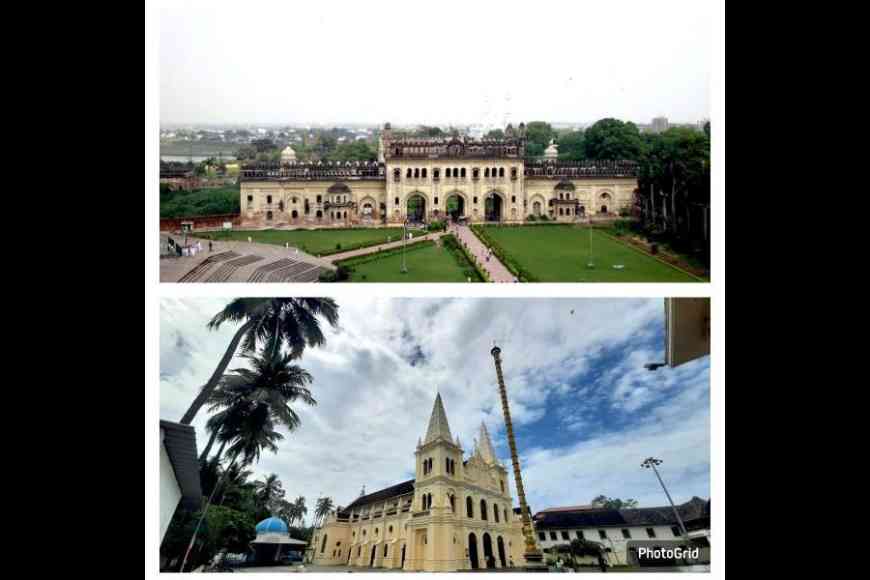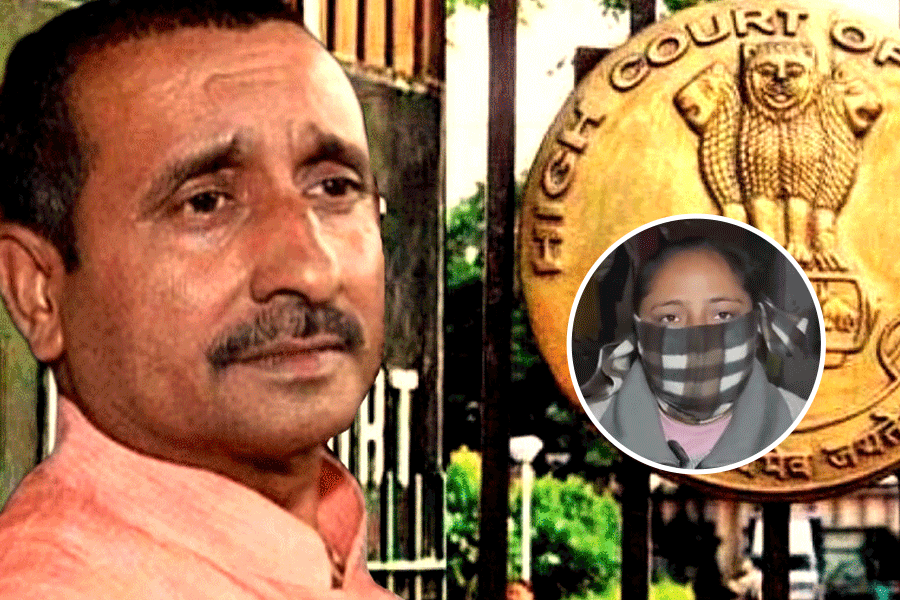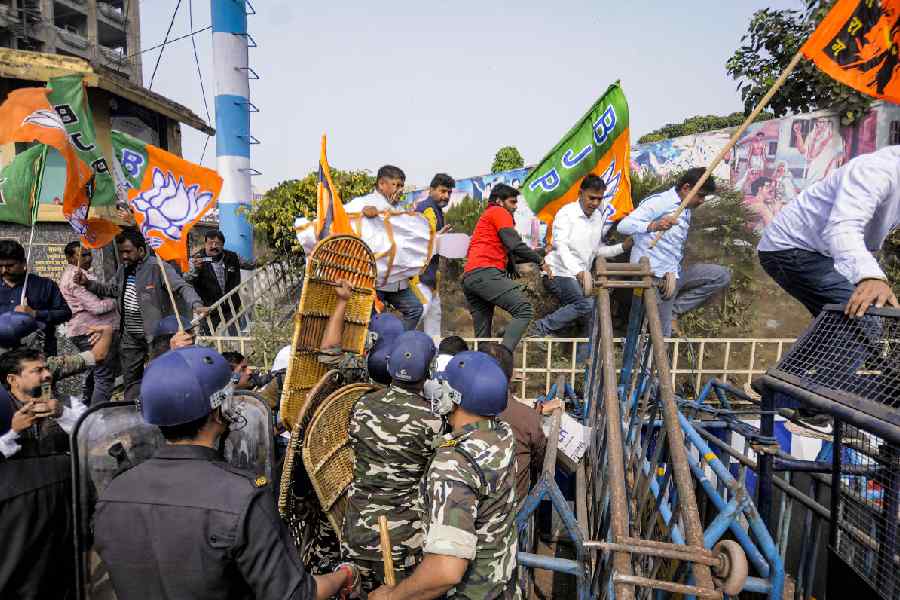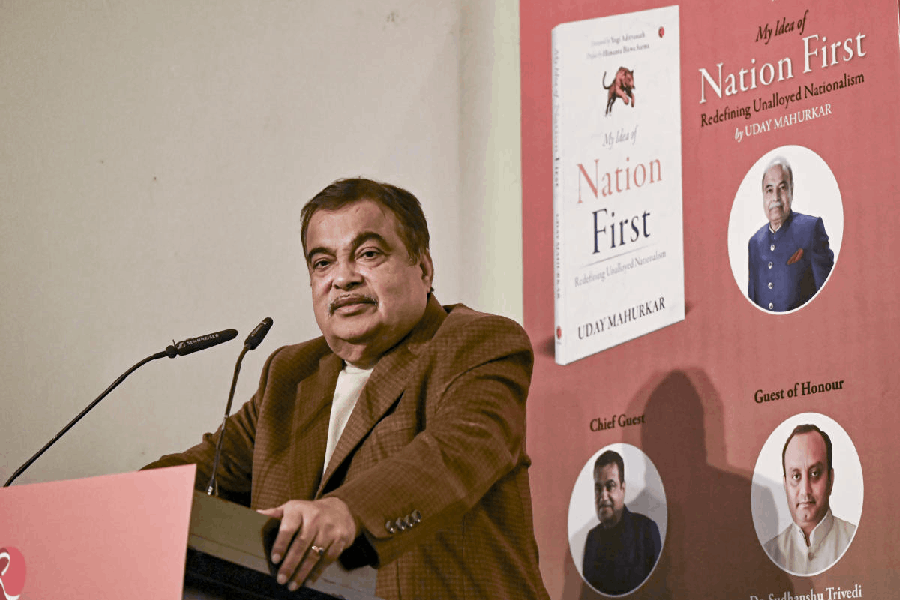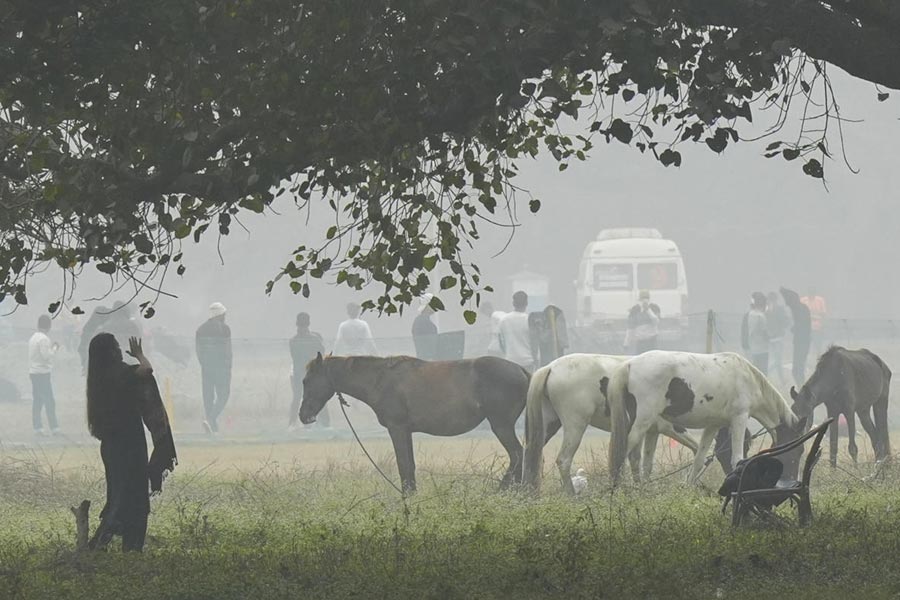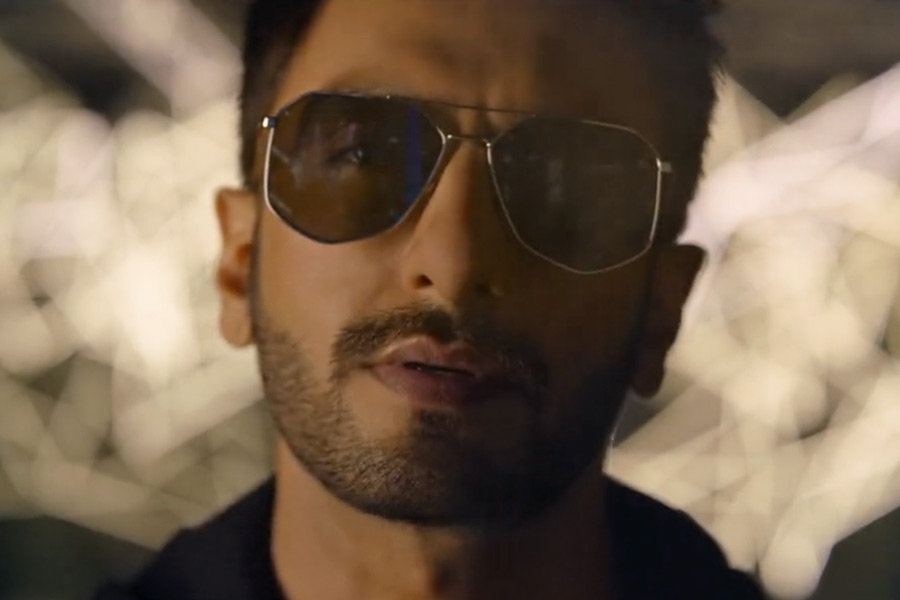Comparison — I guess this is something that barges in whenever you try to narrate your feelings about a person, place or experience, which is starkly different from your known world. Now, the adverb ‘starkly’ is important here. Let’s take the example of places — all places are bound to be different from one another. The mountain slopes of Garhwal and Kumaon are different. Similarly, the textures of the mountains in Kashmir and Himachal are not the same. Historic cities such as Agra and Lucknow, too, have their individual characters. Yet, the differences among all of them are not, if I may say, stark enough for the adverb ‘starkly’ to fit.
When I recall my Kerala trip, I find myself weighing it against the other destinations I’ve visited — mostly the hill states or the historical cities of North India. Why? Because Kerala holds its ground with a ‘stark’ contrast.
Unlike in North India or even North Bengal, where you walk only to stumble upon roadside tea stalls at every 10 steps, in Kerala, you need a magnifying glass to spot one. And if you do, beware! Chances are high that the served tea will disappoint you.
Nevertheless, Kerala makes up for it in other ways. Here, you may not get your steaming cup of tea here and there, but you’ll easily spot a chic coffee shop, a bakery or even a chocolate factory tucked away in some remote corner of the Nilgiris. On my way to Thekkady from Alleppey, I actually found myself sipping a cappuccino and munching on a chicken puff at a small roadside cafe while gazing at the Nilgiris in utter silence — no crowd, no noise, just the cloud-kissed hills, chicken puff, coffee and me. So, during your road trip, if you come by a cafe here, it’s a full experience — unlike the North Indian or North Bengal roadside tea stalls between two towns, where you can mostly have only tea, some broken biscuits and Maggi. Here, you get a menu card. Not in the mood for a patty? Well, have some freshly baked pastries.
Speaking from experience, most of the trains in North India or North Bengal have often been an ordeal for me. Again, in a “stark” contrast, my journey on a Kerala express was an eye-opener. I travelled in a three-tier coach, but I found it as clean as the Rajdhani first AC. Not a stray chips pack, no chewing gum wrapper, no crumpled paper bag or peanut shell anywhere in the train. And it’s not as if I had boarded a freshly cleaned train from the car shed — it had already travelled halfway before I boarded it. Spot a paan or gutkha stain anywhere at the platforms or the trains, and I shall reward you. Credit? Civic sense through 98 per cent literacy rate? You say.
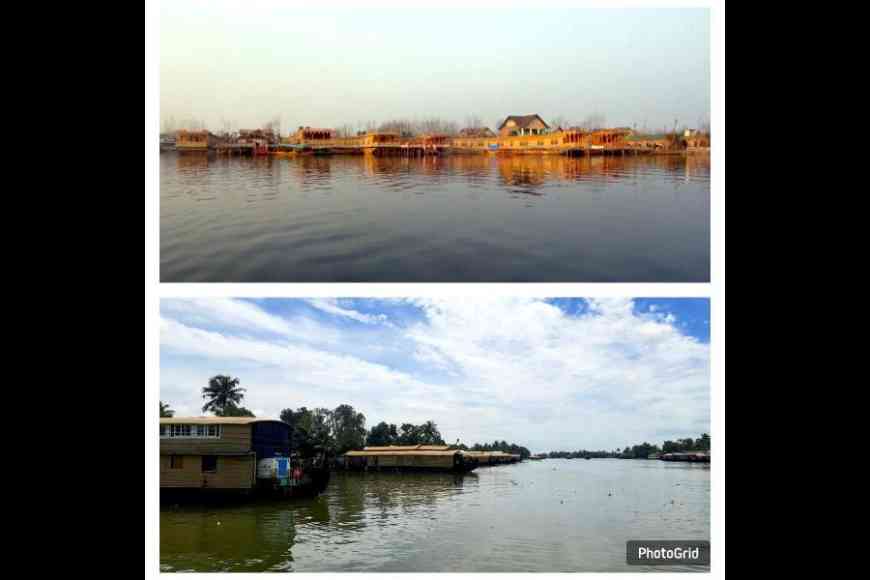
The mangrove forest in the Sundarbans, and (below) farmlands adjacent to the Kerala backwaters
Water runs deep
Now come the passengers. Polite, disciplined, dignified! Ask me, and it’s a rare combination on North Indian trains. Here, one night, a local family boarded at midnight. The child among them did not shout, his parents did not switch on the lights, quietly found their berths, prepared the beds in a hush-hush way and went to sleep without disturbing anyone. Such consideration for fellow passengers feels almost unreal to me when I think of a Danapur Express. And this is not about only one family. It persists throughout the train, all along the journey.
The famous Alleppey houseboat ride was another experience. It’s not as majestic as the Dal Lake ones, nor as adventurous as the Sundarbans trips. Thrilling? No. In the Sundarbans, you would almost half expect “something with orange skin and black stripes” to leap out of the mangroves at any moment. No such adventure here. It’s a serene boat ride. Dal Lake houseboats are anchored and don’t move. But these ones do.
The Dal Lake boats offer you an unforgettable scenic charm, coupled with snow-capped peaks and chinar trees. The backwater boat takes you past sleepy, coconut tree-lined villages and farmlands for six hours. Unlike most of the dilapidated Sundarbans boats, the Kerala cruises are far more comfortable — air-conditioned, well-equipped and attended by staff members serving you fresh meals. The trip past paddy fields offers a sense of calm that’s ‘starkly’ different from the wild charm of the Sundarbans ride.
Let me tell you the greatest comfort of a boat ride through a delta or backwaters — the constant breeze. In Alleppey, the downstream journey toward the sea didn’t quite offer me that wind. But I got it on the return trip along a different route. Surprisingly, the land along the backwater canals lies lower than the waterbody. A rare sight! It shows how well the concrete embankments have been built to prevent the water from spilling over onto the adjacent land.
Finding comfort in adventure
Then there was Periyar Tiger Reserve — an experience I couldn’t help comparing with my stay in the Maromar forest of Palamau, Jharkhand. In Maromar, you must bring your own food and fuel if you want to eat or switch on the lights. I remember taking petrol out of my car’s fuel tank to run the power generator in the Maromar compound.

Tigers spotted in the Sundarbans, and (below) a Nilgiri Tahr at the Eravikulam National Park in Kerala
In Periyar, a chef would politely ask whether you’d prefer uttapam or appam, half-boiled eggs or omelette, coconut kheer or vanilla ice cream. As you eat, you would spot a sambar grazing nearby or a couple of porcupines shuffling on the premises. In Maromar, you wouldn’t dare open the door at night.
For me, it’s the comfort that Periyar offered me, not adventure. Proper signage, well-trained foresters, a few chic coffee shops, South Indian visitors with a deep understanding of conservation and an all-inclusive stay in cosy rooms are what one would experience in Periyar. Not talking about the boat ride or jungle treks. Boarding at Aranya Nivas deep inside the jungle or at the Lake Palace located on an island may lend a touch of wilderness, but nothing like the raw, untamed experience that the Maromar forest guest house offers.
I say this because at Maromar, I remember hearing a howling sound right outside my room. I couldn’t identify the voice — only followed the forester’s strict warning not to open the door, no matter what happens outside. It was pitch dark, and the experience, eerie. Periyar, on the other hand, offered me a Wi-Fi password and the sight of seemingly domesticated sambars strolling across the arena — call it less wilderness with comfort.
Munnar did not impress me. And it’s natural. I am more like a Himalayan bird. Therefore, Munnar, though scenic, felt more like a polite hill station than a wild mountain town. Fault lies with me, I admit. For someone who treks around 10,000ft above sea level, a mere two-thousander doesn’t hold that much delight. Nevertheless, the slopes are covered with tea gardens, and clouds drift down to kiss them now and then. Yet the sky lacks the luminous glow I have found in the Himalayas.
The weather was pleasant, not cold. However, of late, I have become used to this — even at places such as Darjeeling or Rudraprayag. Why blame two-thousanders, even five or six-thousanders demand a fan almost year-round. The climate across popular hill stations across northern India has reduced to merely “pleasant” and no longer cold.
Blame it on climate change. But whatever it may be, I’ve become too used to the Himalayas; the Western Ghats or Nilgiris, despite their greenish charm, don’t quite offer me that same lofty feeling.
A Dutch postcard
Spotting the Nilgiri Tahr, an endemic species, at the Eravikulam National Park, was a delight — and only a delight. However, it was in no way comparable to spotting two Royal Bengal Tigers on a Sundarbans trip. A Tahr might look as if it wants a cuddle — a tiger, on the other hand? Well, you’d be the cuddle.
But if I had to pick one standout experience, it would be Fort Kochi. The town looks straight out of a Dutch postcard — cobbled streets, tiled pavements, old European-style facades and the skyline dominated by churches and a synagogue. Every corner feels preserved with care — from the vintage street lamps to the colonial rooftops.
Walking there, I felt transported — not just to another place, but to another time altogether. A morning stroll in Lucknow, too, had transported me to the era of Nawab Wajid Ali Shah, but the “500-year-old” house in Fort Kochi, where Vasco da Gama stayed twice, carried an entirely different aura. Lucknow may be a mix of poorly preserved tradition and modernity, but Fort Kochi is simply steeped in history.
Kerala didn’t simply offer me a trip. It reminded me of the contrast — when lived rather than compared — could have its own charm.

